Photographs: Sreeram Selvaraj S Saraswathi in Chennai
Film studios in Chennai are a dying breed, discovers S Saraswathi.
Film studios in Chennai are no longer considered a commercially viable proposition. Today, the vast acres of land they occupy in the heart of the city have become valuable real estate.
Also, with advances in technology, sophisticated equipment and the limitless resources available to them, filmmakers today have the freedom of choosing to shoot almost anywhere in the world.
This has drastically affected the future of film studios. The decline in their popularity coupled with the rocketing land prices, has seen several film studios in Chennai shutting down.
Even some of the big names have been unable to survive.
The famous Gemini Studios, which was started in 1940 in Mount Road by S S Vasan was among the first to close down. It has been replaced by a huge shopping complex called Parson Manor and the 5-star deluxe hotel, The Park.
The Vijaya-Vahini Studio, considered to be the largest in Asia with 13 shooting floors, has given way to the VijayaHospital, the Vijaya Health Centre and also a restaurant.
'Most studios have been forced to close down'
Image: Sivaji Ganesan's Parasakthi was shot at AVM. A statue of Sivaji GanesanStar Combines is today a huge residential complex. Sathya Studios, belonging to former Chief Minister, M G Ramachandran has been converted into a women's college.
Sreeram, an old-time press photographer, who has been in this field for almost 25 years now, recalls some of his earliest memories of film studios in Chennai.
“There was a time when the entire Kodambakkam-Vadapalani belt in Chennai was dotted with film studios. Vijaya Vahini, AVM and Prasad Studios were among the more popular. There were several others: Arunachalam Studio, Majestic Studios, Vasu Studios, Shyamala Studios, Star Studios, Prakash Studios, Mohan Studio, Karpagam Studio and Bharani Studios. Sadly, most of them have been forced to close down due to various reasons.”
Reminiscing about the good old days, he continues, “There was a very popular hotel by the name of Campus opposite AVM Studios (the hotel exists even today) which was frequented by artists, technicians as well as photographers. Alongside this hotel, cycles were available for hire. Almost every morning, for so many years, a bunch of us working for popular South Indian film magazines, hired these cycles and pedaled from studio to studio visiting the various shooting floors for interesting pictures and stories."
'Today these very same studios appear almost lifeless and derelict'
Image: The Prasad StudioSo powerful was the lure of cinema that visiting a studio was like visiting a festival, says Sreeram. “It was filled with so many people -- artists, make-up crew, the sound and lighting technicians, the maintenance crew, and so many others helping out with the various aspects of film making. There was so much activity and excitement, it was absolutely unbelievable. Today these very same studios appear almost lifeless and derelict.”
Prasad Studios, a part of the 50-year-old Prasad Group, is one of the few active film studios left in Chennai. It is the creation of L V Prasad, recipient of the Dada Saheb Phalke award, the highest recognition in filmdom in India.
A self-made man, L V Prasad left his hometown, a small remote village in Andhra Pradesh, with just 100 rupees in his pocket to try his luck in Bombay, the centre of the film industry. Driven by his passion for acting and moving images, he struggled through his early years in Bombay doing bit roles in films before working as an assistant director.
He worked at Prithvi theatre with Prithviraj Kapoor. It was here that he met Raj Kapoor, the hero of his first Hindi production, Sharada.
He is also credited with introducing N T Rama Rao, who later became a legend in Telugu cinema and also Chief Minister of Andhra Pradesh.
'Slowly the need for film studios began to die down'
Image: A set inside Prasad StudioL V Prasad started building his own studio in Vadapalani, Chennai in 1955. In 1956 he also established his own production house, Prasad Productions, which made many memorable Hindi films, including Milan, Khilona, Sasural and Ek Duje Ke Liye. The Prasad Group has produced more than 150 movies in Tamil, Telugu, Kannada, Malayalam and Hindi.
S Sivaraman, general manager, operations, of the Prasad Group, and one of the company’s oldest associates, recalls the changed that have occurred over the years.
“Earlier a lot of fantasy was involved in film making, and this required the setting up of huge sets with different kinds of lighting and live sound. Most of the equipment was bulky and heavy, and difficult to carry around, so most of the shooting was done indoors.
“As technology advanced and the equipment used became lighter, smaller, and easier to handle, shooting at outdoor locations became more feasible. Also the trend of shooting in natural light on location seemed to be catching on as audiences preferred a more lifelike representation instead of fantasy. So slowly the need for film studios began to die down.”
'We had 800 prints for Rajnikanth's blockbuster film Sivaji'
Image: A set inside Prasad StudioK R Subramanian, another long-time associate couldn’t agree with him more, “Technology has changed all aspects of film making. There was a time when our entire first floor was filled with film prints in huge metal boxes waiting to be transported to different districts in Tamil Nadu a day before the release.
“Those were the days when we averaged 500 to 600 prints per film. In fact, as recently as 2007, we had 800 prints for Rajnikanth's blockbuster film Sivaji. Today we barely average five prints per film and sometimes not even that. Digitisation has made film prints redundant; today, digital prints that can be carried around in our pockets are ruling the market.”
When asked how Prasad Studios has managed to survive where many others failed, Mohan Krishnan, their corporate communications head says, “Though we still continue to operate, our original three shooting floors are leased to television networks on a long-term basis. We realised that a film studio by itself would not survive and decided to diversify.
“Today the Prasad Group is India’s largest provider of integrated digital post-production services catering to every area involved in film making with facilities and offices in India, Singapore, Dubai and Hollywood.”
'AVM Studios is said to be one of the five studios in the world which has been functioning without a break for over 60 years'
Image: A temple at AVM studio where all the film mahurats are doneIndian cinema owes a great deal to the iconic filmmaker A V Meiyappan, founder of AVM Productions and Studios, for his contribution to not only Tamil, but also the Hindi, Telugu and Kannada film industry. With over 170 films in various Indian languages, AVM Studios is said to be one of the five studios in the world which has been functioning without a break for over 60 years.
Immense faith in himself and the goodness of others gave A V Meiyappan the courage and determination to go on in spite of his disastrous start with films like Alli Arjuna, Ratnavali and Nandakumar. Attributing his failures to the lack of good studios in Chennai, he started his own studio, Pragati Studio at Admiralty House and it was here that he shot his first hit film, Bhoo Kailas, a Telugu film which ran for over 25 weeks.
In 1943, he produced the film Harischandra in Kannada, and this film was so successful that he decided to dub it in Tamil, making it the first Indian film to be dubbed from one language to another.
'AVM has introduced many cinema legends such as T R Mahalingam, Vyjayanthimala, Sivaji Ganesan, Kamal Hassan and Major Sundarrajan'
Image: A temple set inside AVM studioNaam Iruvar, the first film under the AVM banner was shot in thatched sheds at his studio in Karaikudi, his hometown, in 1946. This film starring T R Mahalingam and T A Jayalaksmi was a huge success and was considered a milestone in South Indian cinema, as it was one of the earliest films to deal with a social theme. Later, in 1948, post independence, this studio was shifted to Kodambakkam, Chennai.
Parasakthi, which was released in 1952 by AVM, marked a new era for Tamil films with its fiery power-packed dialogues by Tamil Nadu’s former Chief Minister M Karunanidhi and the brilliant performance of newcomer Sivaji Ganesan.
Over the years AVM has introduced many cinema legends such as T R Mahalingam, Vyjayanthimala, Sivaji Ganesan, Kamal Haasan and Major Sundarrajan. Five Chief Ministers, C N Annadurai (script for Ore Iravu), M Karunanidhi (dialogues for Parasakthi), M G Ramachandran (hero in Anbe Vaa), N T Rama Rao (starred in Jeevitham, Ramu and Bhookailash) and also the current Chief Minister Selvi J Jayalalithaa (heroine in Major Chandrakanth and Akka Thamudu) have worked under the banner of AVM Productions.
'Once upon a time, almost the entire film was shot in studios'
Image: A jail set inside Prasad StudiosPopular Hindi films such as Miss Mary, Pooja Ke Phool, Bhabi, Do Kaliyan and Hum Panchi Ek Dal Ke, which won the President's gold medal, also came from AVM Studios.
Along with S S Vasan and L V Prasad, A V Meiyappan was considered one of three movie moguls of the South Indian film industry. With his vision, farsightedness, and his unerring instinct for what would appeal to the masses, he scaled extraordinary heights in his long and eventful career.
In spite of all the past successes and the 60 glorious years, AVM today is no longer as active in the film business. AVM's magnum opus, the Rajini starrer Sivaji was released almost six years ago, in 2007.
The manager of the studio acknowledges the changing times.
“Once upon a time, almost the entire film was shot in studios, but today since very few films require sets, we have leased our shooting floors to television networks who usually hire them on a long-term basis, mostly for a year or more. It is ironic that television, which basically survives on cinema, has been one of the causes for its downfall,” he says.
Watching films in theatres is no longer the favourite pastime it once was. That is why AVM ventured into producing television serials. “Today our television serials in Tamil, Telugu and also Malayalam have become hugely popular,” he added.


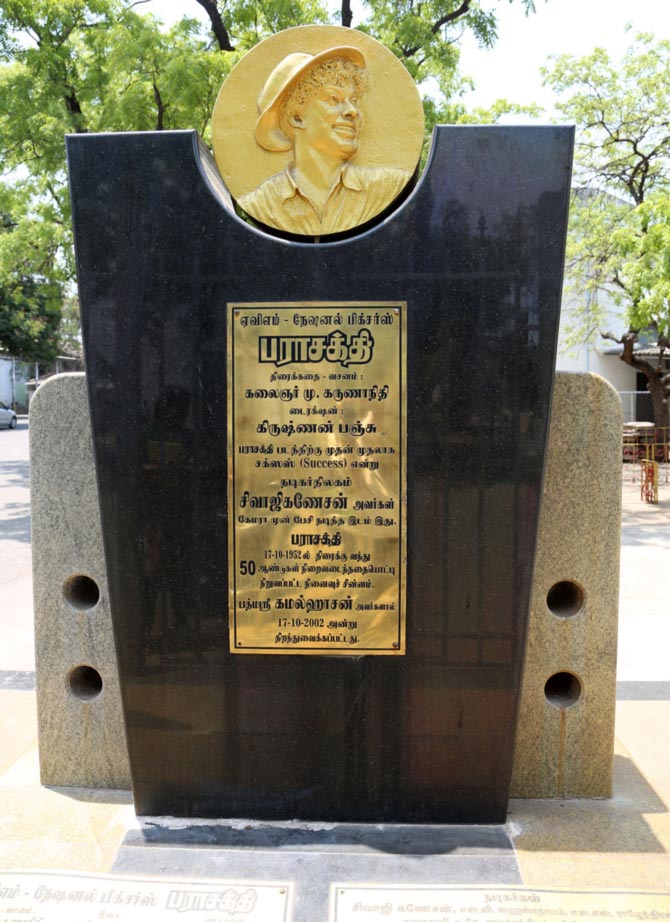
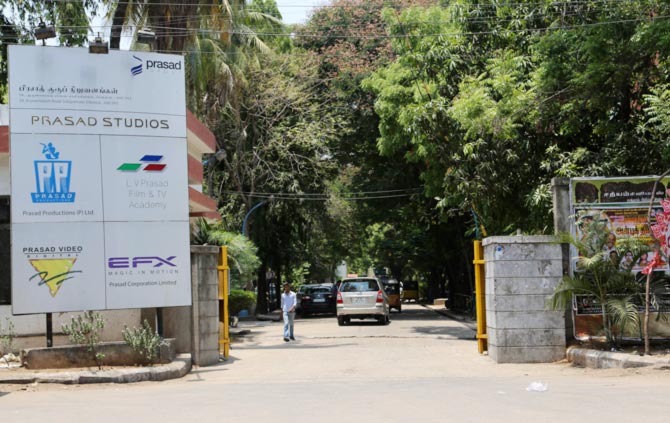
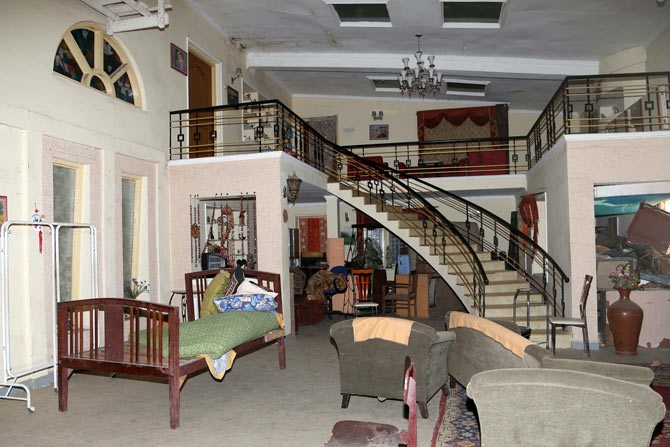

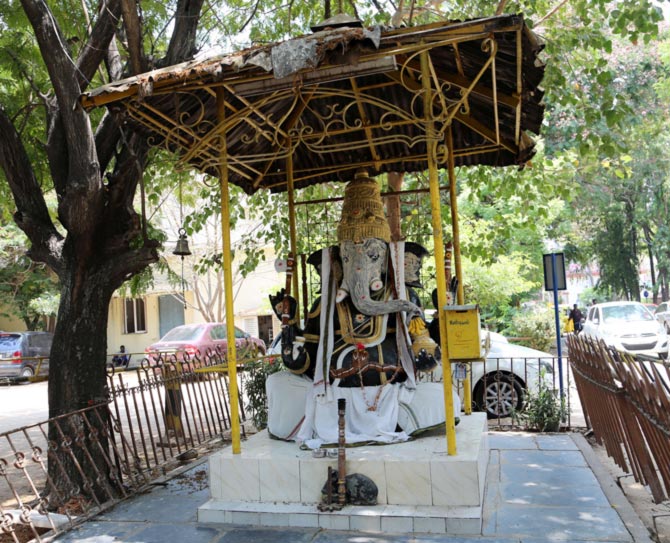
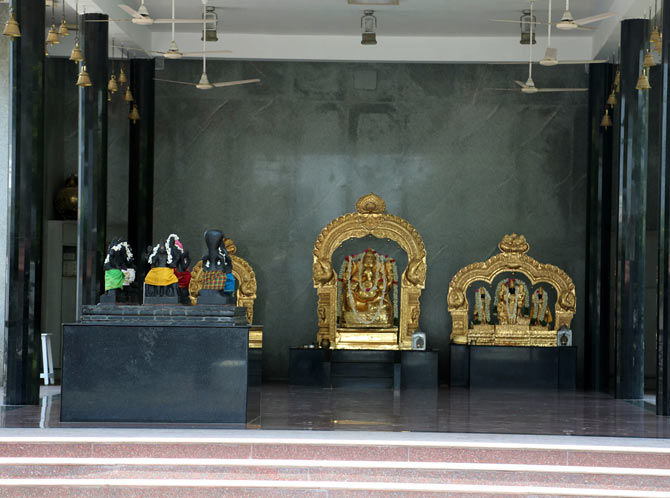
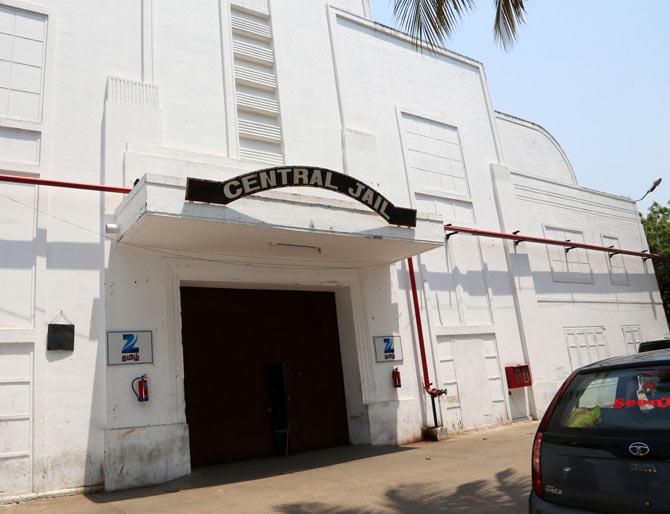
Comment
article